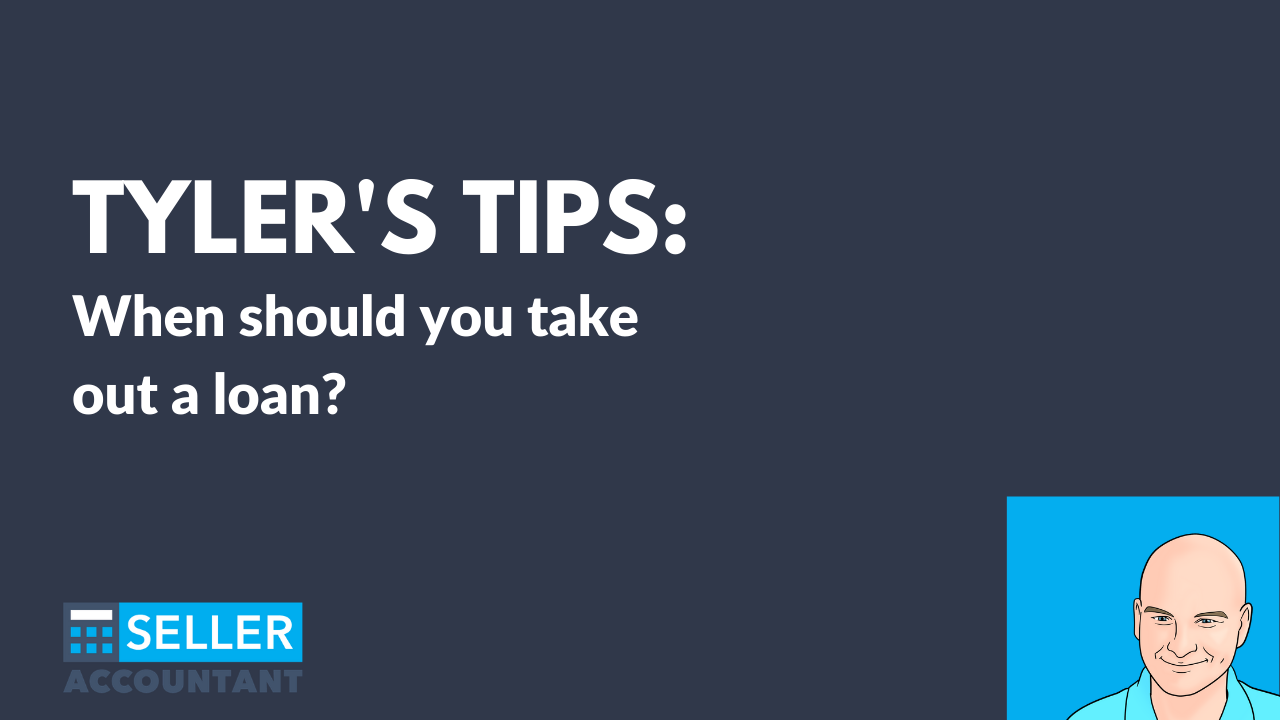At some point, every e-commerce business will need an influx of cash. But how do you know when it’s time to seek out a loan, and how can you avoid approaching lenders at all?
Tyler explains some of the “laws of capital” in the e-commerce world, as well as the best time to look for lenders.
Rules of E-Commerce Capital
There are a few constants when it comes to cash in the e-commerce space.
All inventory-based businesses are cash hungry.
Every business that operates on an inventory sales model will need money to operate in the day-to-day. Since inventory-based businesses need to move product in order to produce profit, they may need a capital boost to get their business going at all.
Luckily though, there are some ways to avoid having to approach lenders at all:
Crowdfunding – If your product can draw attention from a crowdfunding site like Kickstarter, it is possible to raise capital for development even before a product has launched. This results in pre-sales that can help fund the beginnings of a new product or venture before shipping or manufacturing have even begun. Seller Accountant has had several clients find success funding products this way.
Excellent supplier relationship – If you’re on great terms with your supplier, you may have leeway in your repayment timeline. Delaying repayment allows sellers to reinvest capital more quickly without worrying about allocating sales to their debt, making it easier to stay afloat with less cash on hand.
Fast-moving inventory – Products that fly off the shelves make for quick inventory turnover, and, subsequently, quicker reinvestment. If you have a product that turns over very quickly – within weeks instead of months or quarters – you may be able to get by longer without needing a loan.
Scale magnifies your current business.
When looking to scale your business, it’s important to remember that whatever you invest in is what will grow. This sounds like a simple concept, but sellers tend to overlook the fact that investing in a weak or slow-moving product will only grow a weak and slow-moving brand. If you want to grow, be sure to first audit your products to weed out unsuccessful SKUs and only fund what you do best.
A lower risk profile makes you more desirable to lenders.
It’s important when preparing to take your business to a lender that you position yourself as an asset rather than a liability. Having strong, readable, investor-grade books, being able to prove your previous years’ tax filings, and planning ahead to avoid emergencies can all result in better rates and more willing lenders when the time comes to take out a loan.
When to Get a Loan
As you start to shop around for investors, try and exhaust the options at the top of this post first: Is there a way you could crowdfund for more capital? Do you have a good relationship with your supplier?
Once you’ve tried every loan-free option you can find, make sure that your books are in top shape and that you can support your need for cash with examples of the marketability of your product. Banks and investors will want to know exactly what kind of financial situation they’re getting into, as well as whether their money is backing something that will actually result in a solid ROI for them.
Interested in learning more?
Check out our CFO Tactics course on Teachable.

